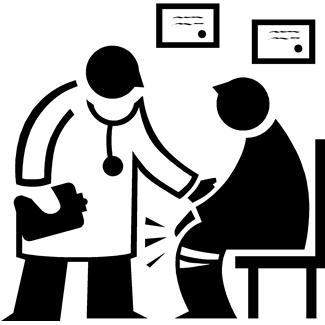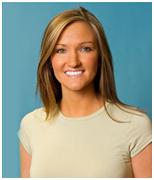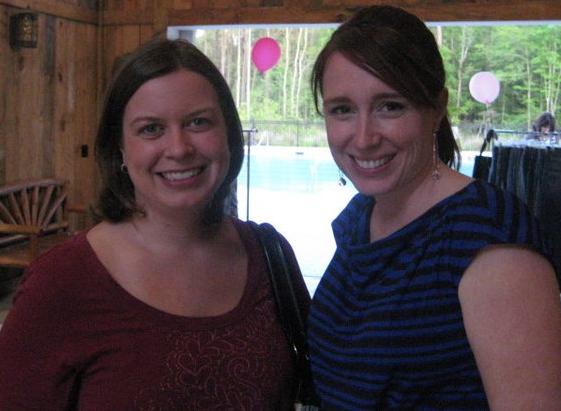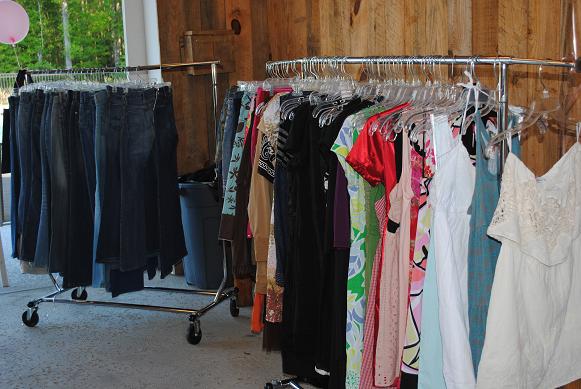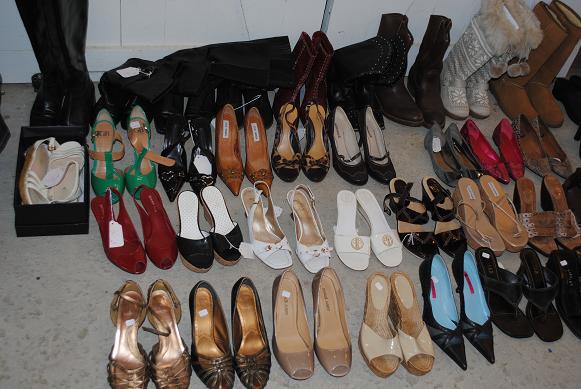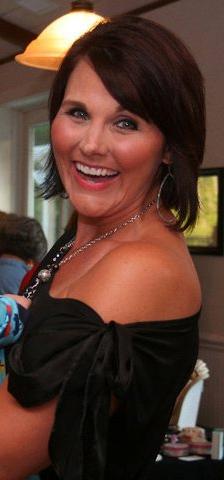Image above taken from the Upstate Women’s Show website.
The 4th annual Upstate Women’s Show takes place August 26–28 at the TD Convention Center (formerly the Carolina First Center) in Greenville, SC. For three days, women can shop, watch fashion shows, attend cooking and fitness demonstrations, and just have fun with other women. Whether you’re a teen, a single woman, a mom, or a retiree, you’ll find plenty of fun, treats, and excitement at the show.
Over 300 vendors will show and demonstrate their products for women, and the exhibitor list includes Aloette Cosmetics, Carolina Pet Chef, Massage Envy, Chocolate Dreams, and The Children’s Museum. Products and services available range from jewelry to closet organization systems and baby gifts to a variety of artwork.
One of the exhibitors, My Girlfriend’s Closet, is working with Safe Harbor, an organization that helps women and children in need. If you drop off gently used accessories at Safe Harbor’s booth, you’ll receive a coupon for My Girlfriend’s Closet, and proceeds go to Safe Harbor.
Special areas of the show include . . .
- Corley Entertainment Stage, with fashion shows, music, and comedy.
- BI-LO Cooking Stage, with live cooking demonstrations.
- Lift Your Spirits, a sampling area for wine and cuisine.
- Cureton Photography Booth, offering free photos.
- Go Active! Kids Area, with crafts, games, and sports.
- Haywood Hall Man Cave, a lounge for the men to hang out while you explore.
The day wouldn’t be complete without some fun contests. To win a free bedroom makeover with Vern Yip of HGTV, visit www.WMYI.com from August 8–19 and upload a picture of your bedroom. Listeners will vote on the top three bedrooms that need a makeover, and Vern will choose the winner, who will receive a 15-minute consultation, a $1,000 gift certificate, and a queen mattress set.
Win an iPad on the SCBT Treasure Hunt. You’ll find a playing card in the bag you receive at the show. Visit the booths of the 8 sponsors on the card, and return it to the SCBT booth to enter the drawing.
The Upstate Women’s Show runs Friday, August 26 and Saturday, August 27 from 9 a.m. to 6 p.m. and Sunday, August 28 from 12 p.m. to 5 p.m. Parking is $5, and tickets are $8 for adults and $4 for children ages 6–12. To save $2 on admission, bring 5 canned goods for Harvest Hope Food Bank.
For more information, visit http://shegreenville.com/.






